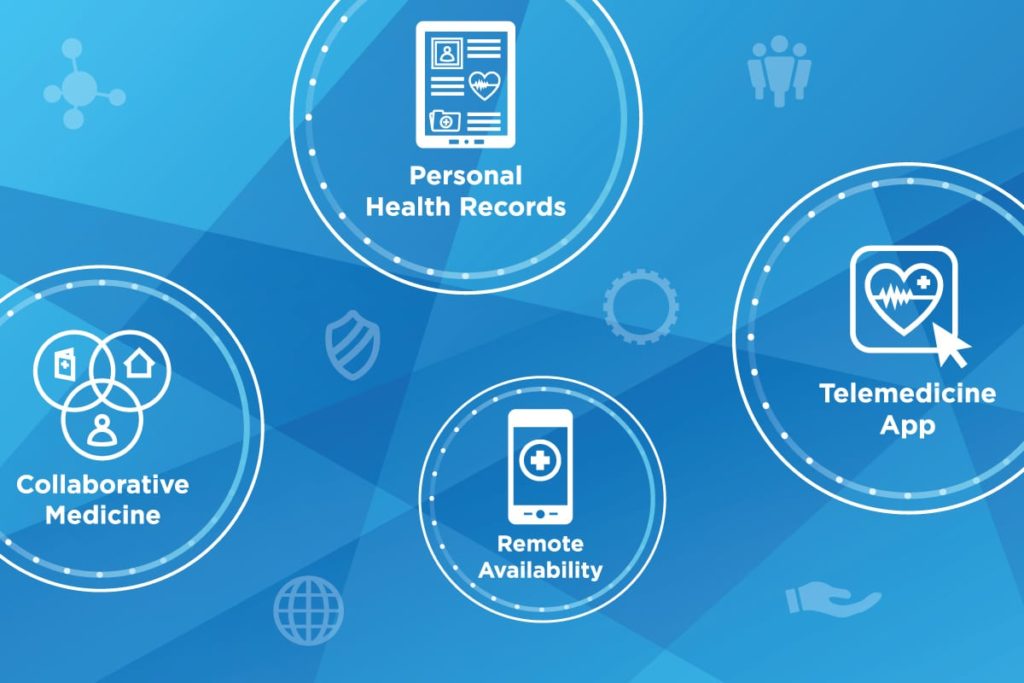Advancing Patient Care With Digital Technology

By Sharon L. Varlotta, RDH, MS, Ira T. Bloom, DDS and Sheryl L. Syme, RDH, MS
Computer-aided design and computer-aided manufacturing (CAD/CAM) was introduced to the dental profession in 1987.1 Broadly speaking, these technologies can be divided into two categories: digital impressioning and CAD/CAM dental restoration systems. The use of digital imaging for taking dental impressions has been refined over the years and improvements in hardware, software, and milling units—as well as restorative materials—have increased the use of CAD/CAM dentistry.1 Digital technology can be implemented in various practice settings, including private offices and public health centers. Learning how to use new technologies broadens oral health professionals’ skill sets, strengthens job marketability, expands roles in comprehensive care delivery, and provides opportunities to improve patient comfort and enhance preventive patient education.2 Implementing advanced technology into clinical practice is essential in order to continually raise the level of care and fuel the evolution of future workforce models.1,3
* References can be found in the original article via the link below.
Read Article






Responses